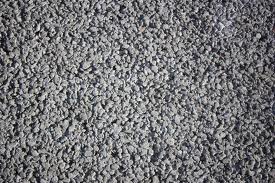

Other areas of potential utilization include cycle paths, sports pitch borders and paving around new housing developments. Whilst unsuitable for heavy traffic areas, Topmix Permeable has already provided effective drainage surfaces for pedestrian access areas such as carparks. The porous concrete also has environmental benefits - the material filters out pollutants that normally runoff into water systems and delivers more water into soil layers, preventing drying out of natural areas. This is due to an increased amount of void space in the material - up to 35 percent more than standard concrete, which allows up to 1000ml of water to run through a square meter per minute. You may have heard that these barriers are usually used for crawl space encapsulation, but they also can be used for this purpose. However, you can solve this problem if you cover them with a vapor barrier. Topmix Permeable, however, allows rain water to drain straight through to the underlying water table, easing the burden on existing water drainage systems. Porous concrete walls can let moisture into your basement. UK-based Lafarge Tarmac has developed a porous concrete that aims to solve these issues.Ĭoncrete runoff is a major source of localized flooding in urban areas, and pooling water in low temperatures increases the risk of ice patches. Runoff from the normally impervious material puts pressure on drainage systems, leading to flooding and ice hazards as well as environmental concerns.

The use of porous concrete has an impact on people's behavior that will preserve the environment, especially water content in the soil. This product very cheap when compared to the original concrete, which calculated 22 U per square. However, it contains little or no sand, which results in a porous open-cell structure that water passes through readily. With these results, the Porous concrete produced can be used as preservation and maintain environmental protection.

Like conventional concrete, its made from a mixture of cement, coarse aggregates, and water. Concrete can be a burden during heavy rainfall. Essentially, pervious concrete is a structural concrete pavement with a large volume (15 to 35 percent) of interconnected voids.


 0 kommentar(er)
0 kommentar(er)
